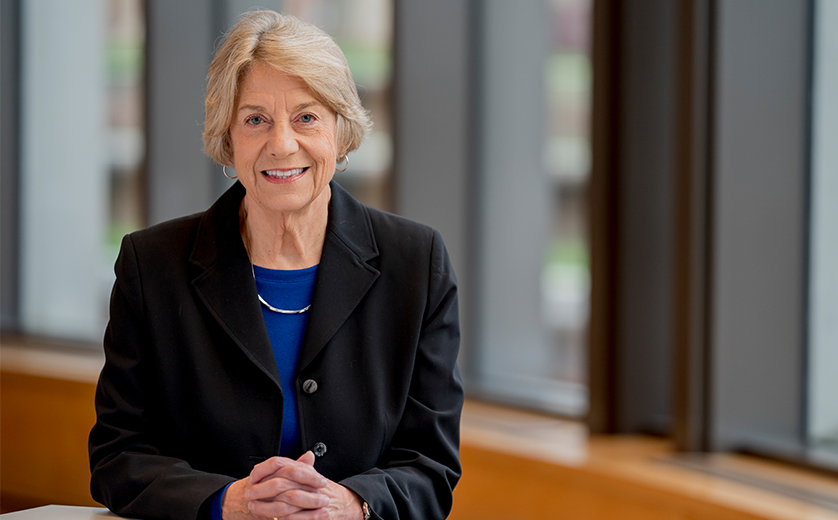As universities around the world strive to cultivate diverse and equitable communities, a recent study from the Brown School at Washington University in St. Louis highlights the necessity of recognizing age as a fundamental dimension of diversity.
“Age as an identity factor is not given much attention in diversity, equity and inclusion (DEI) initiatives in higher education,” said Nancy Morrow-Howell, the Betty Bofinger Brown Distinguished Professor of Social Policy and lead author of the study “Age as a Factor in Diversity, Equity, and Inclusion Initiatives in Higher Education,” published in the Journal of Gerontological Social Work.

“Although focus group participants acknowledged the pervasive ageism in these highly age-segregated institutions, age is not regarded as an important factor to address in their programming,” Morrow-Howell said.
Findings from six focus groups in the study suggest that age is not given much attention in DEI initiatives. Participants acknowledge the issue of age; but in general, they strive to keep other identities, such as race and gender, in the forefront, especially in the face of low resources. The six focus groups included 42 DEI personnel representing 36 institutions across the U.S.
“As a society, we don’t react to ageism very strongly. If we even see it, we accept it,” Morrow-Howell said. “There is no social pressure to confront it, no MeToo movement or Black Lives Matter. DEI personnel on campuses have few resources, and they feel they can’t afford to divert attention from other marginalized identities.”
If we are lucky enough to live a long time, we will experience ageism. Ageism is discrimination against one’s future self. So, working toward a more age-just society will benefit all of us.
Nancy Morrow-Howell
The research highlights the following key findings:
Intersections of age and identity: Age intersects with other dimensions of identity, such as race, gender and socioeconomic status, shaping individuals’ experiences and perceptions within educational institutions.
Challenges and opportunities: While age diversity presents unique challenges, such as intergenerational conflicts and differential access to resources, it also offers rich opportunities for cross-generational learning and collaboration.
Inclusive policies and practices: Effective DEI initiatives must incorporate age-inclusive policies and practices to address the diverse needs and perspectives of all members of the university community.
“If we are lucky enough to live a long time, we will experience ageism,” Morrow-Howell said. “Ageism is discrimination against one’s future self. So, working toward a more age-just society will benefit all of us.
“DEI staff members gave many examples of how students, faculty and staff experienced age discrimination and age bias. Admissions, job placements, promotions and development opportunities, belonginess on campus — all are constrained by ageism. Everyone will have a better chance of a long and healthy life if we can reduce ageism in our organizations.”



